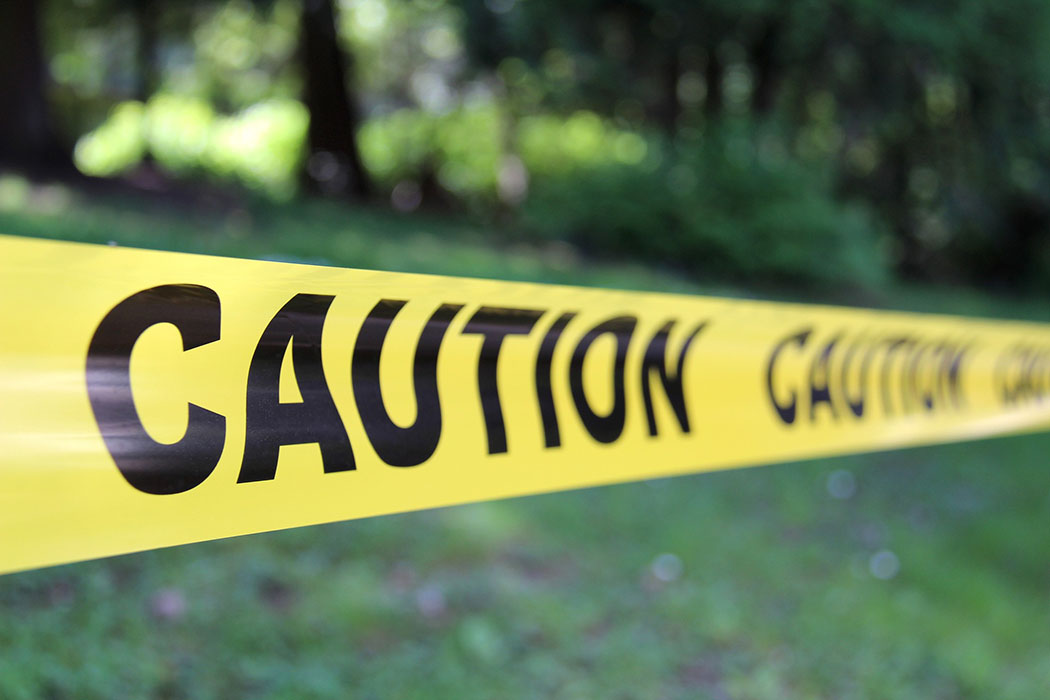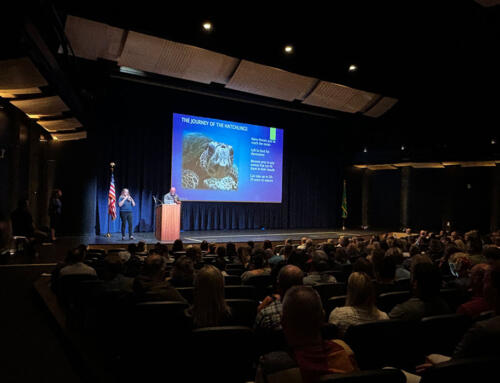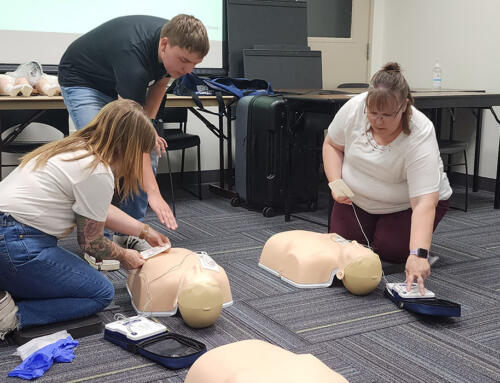One of the root causes of workplace injuries, illnesses, and incidents is the failure to identify or recognize hazards that are present, or that could have been anticipated. A workplace hazard is any practice, behavior or physical condition that has the potential to cause injury, illness, damage to property, or damage to the environment. At its most basic level, hazard identification is simply looking at a job, task or a situation and asking, “Is there anything here that could hurt someone or damage something?”
Hazard anticipation and detection
How do you anticipate hazards? That’s easy. You think about them. And then you find them before they cause an accident. Here are seven things you can do to anticipate and detect hazards:
- Conduct a baseline hazard survey. A baseline survey is a thorough evaluation of your entire workplace — including work processes, equipment, and facilities — that identifies safety or health hazards. A complete survey will tell you what the hazards are, where they are, and how severe they could be.
- Perform regular workplace inspections. Regular workplace inspections tell you whether you’ve eliminated or controlled existing hazards and help you identify new hazards. Quarterly inspections by employees trained in hazard recognition are a good way to get the job done.
- Do a job-hazard analysis. A job-hazard analysis (JHA) is a method of identifying, assessing, and controlling hazards associated with specific jobs. A JHA breaks a job down into tasks. You evaluate each task to determine if there is a better, safer way to do it.
- Use safety data sheets to identify chemical hazards. Your employees must be able to understand and use safety data sheets (SDS). An SDS has detailed information about a hazardous chemical’s health effects, its physical and chemical characteristics, and safe practices for handling. You must prepare an inventory list of your hazardous chemicals and have a current SDS for each hazardous chemical used at your workplace. If your employees handle hazardous chemicals or chemical products, you’ll also need to develop a written hazard communication plan that identifies the chemicals and describes how your employees are informed about chemical hazards.
- Investigate accidents to determine root causes. Most accidents are preventable. Each one has a cause — poor supervision, inadequate training, and lax safety policies are examples. When you eliminate the cause, you can prevent another accident. Develop a procedure that determines who will do the investigation and ensures the investigation will be thorough and accurate.
Hazard Identification is the foundation of a safe workplace. There are hazards in every type of job and every type of workplace. Everyone at the workplace, including workers, managers and the employer, share in the responsibility to identify and control hazards. A hazard cannot be controlled (i.e. eliminated, reduced, or otherwise managed) until it has been identified.




